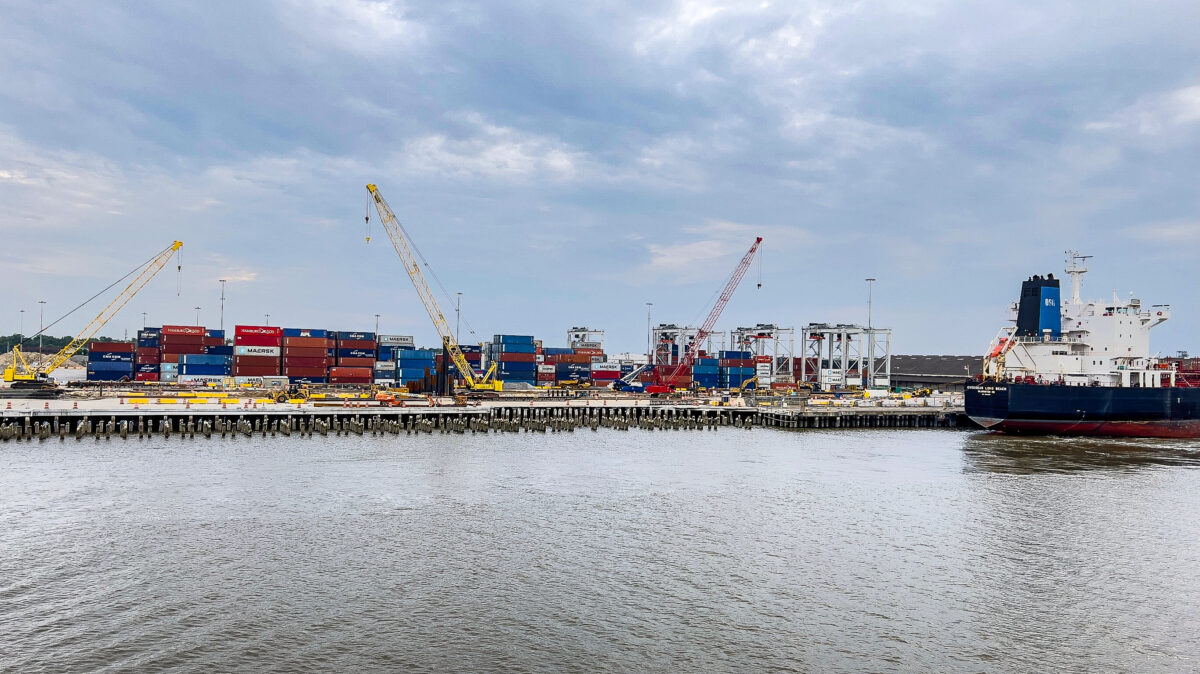Making Ag Trade a Priority
TOPICS
TradeZippy Duvall
President

photo credit: AFBF Photo, Mike Tomko
Zippy Duvall
President
The new year always feels like a fresh start, a time to plan for the months ahead and think about what needs to get done. For farmers, it’s a chance to think about our upcoming planting season, what we want our herds to look like or even what projects around the farm we plan to take on. It’s also a chance to look beyond our farms and look toward what challenges and opportunities lie ahead for American agriculture in 2025.
One looming challenge for agriculture this year is our projected trade deficit. According to the USDA’s latest outlook, we are expecting a $45.5 billion agricultural trade deficit for 2025.
This is now the third year in a row that exports have dropped while our imports continue to climb. And while the decline of commodity prices may explain part of the problem, the other issue is that the U.S. has been practically standing still on trade agreements while other countries have moved forward without us. Over the past decade, we have seen very few new trade deals, and our farmers continue to get priced out by countries that have fewer trade barriers.
Agricultural trade must become a priority for our new administration this year so that we as farmers can continue our mission of ensuring that everyone has access to the best food, fiber and renewable energy in the world. We need a proactive approach to opening new markets, strategizing or limiting trade barriers and keeping our products competitive in the global market.
As we look to the year ahead, it’s clear that agricultural trade must be a priority.
The other side of this coin for ag trade is making sure to improve and update trade deals with our current partners. We saw a major victory in this area with the result of the biotech corn dispute with Mexico within our United States–Mexico–Canada Agreement. Mexico has been one of our biggest trading partners for decades and maintaining this relationship is crucial, but we also needed to ensure we chartered a path forward—a path that prioritizes science-based standards. In December, a USMCA dispute panel ruled in favor of the U.S., finding that Mexico’s restrictions on American-grown biotech corn violated the trade agreement. This decision was not only a big win for American agriculture, but also a reaffirmation of the importance of science and innovation in agriculture. Hopefully, this resolution also serves as a launching pad as we revisit the USMCA in 2026 and go back to the table with other partners such as China, the EU and the World Trade Organization.
As we look to the year ahead, it’s clear that agricultural trade must be a priority. This deficit should serve as a wake-up call for bold action in securing new agreements, holding trade partners accountable and tackling barriers that hinder our competitiveness in global markets. Let’s bridge the agricultural trade gap and ensure that American farmers can continue to provide the best food, fiber and renewable fuel in the world.
Top Issues
VIEW ALL